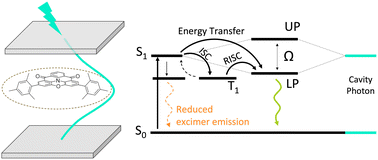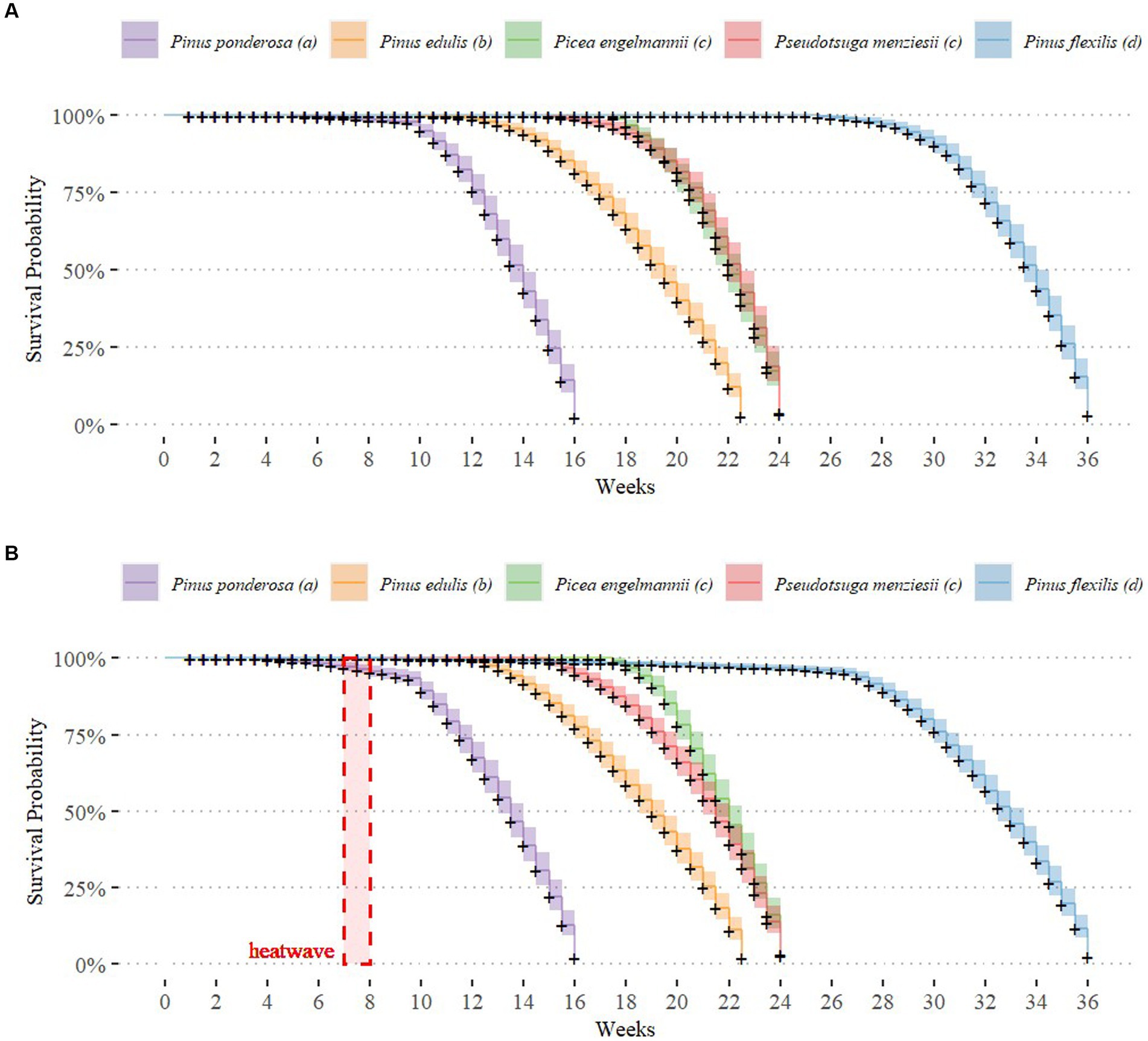2023-11-06 NASA
◆最新の研究では、キュリオシティが特に乾燥した気候に関連する硫酸マグネシウム鉱物である「starkeyite」を発見しました。この鉱物は、火星の現代の乾燥した気候と関連付けられており、気候が乾燥し続けた結果、硫酸塩鉱物がstarkeyiteに変化した可能性が高いと考えられています。
◆キュリオシティは、厳しい環境での活動にもかかわらず、強力な探査機として機能し続けています。現在、フィルターホイールの問題に対処中で、通信の一時中断が予想される「ソーラー・コンジャンクション」に備えています。キュリオシティは、火星の古代気候に関する情報を提供し、火星の歴史を解明する重要なツールとして活用されています。
<関連情報>
- https://www.nasa.gov/missions/mars-science-laboratory/curiosity-rover/nasas-curiosity-rover-clocks-4000-days-on-mars/
- https://agupubs.onlinelibrary.wiley.com/doi/10.1029/2023JE008041
火星ゲールクレーター、カナイマ掘削現場におけるMg-硫酸塩の鉱物学的調査 Mineralogical Investigation of Mg-Sulfate at the Canaima Drill Site, Gale Crater, Mars
S. J. Chipera, D. T. Vaniman, E. B. Rampe, T. F. Bristow, G. Martínez, V. M. Tu, T. S. Peretyazhko, A. S. Yen, R. Gellert, J. A. Berger, W. Rapin, R. V. Morris, D. W. Ming, L. M. Thompson, S. Simpson, C. N. Achilles, B. Tutolo, R. T. Downs, A. A. Fraeman, E. Fischer, D. F. Blake, A. H. Treiman, S. M. Morrison, M. T. Thorpe, S. Gupta, W. E. Dietrich, G. Downs, N. Castle, P. I. Craig, D. J. Des Marais, R. M. Hazen, A. R. Vasavada, E. Hausrath, P. Sarrazin, J. P. Grotzinger
Journal of Geophysical Research: Planets Published: 30 October 2023
DOI:https://doi.org/10.1029/2023JE008041

Abstract
For the first time on Mars, the crystalline magnesium-sulfate mineral starkeyite (MgSO4‧4H2O) was definitively identified using the CheMin X-ray diffraction instrument at Gale crater. At the Canaima drill site, starkeyite along with amorphous MgSO4‧nH2O are among the “polyhydrated Mg-sulfates” interpreted in orbital reflectance spectra. Mg-sulfates are good climate indicators as they are very responsive to changes in temperature and relative humidity. We hypothesize that, through evaporation, Mg-sulfates formed at the end of brine evolution when ion concentrations became saturated and precipitated on the surface or near sub-surface as either epsomite or meridianiite. These minerals were subsequently dehydrated later to starkeyite and amorphous MgSO4‧nH2O in response to a drier Mars. At Canaima, starkeyite is stable and would form during the warmer Mars summers. Due to very slow kinetics at the low Mars winter temperatures, starkeyite and amorphous MgSO4‧nH2O would be resistant to recrystallize to more hydrous forms and thus likely persist year-round. During the course of analyses, starkeyite transforms into amorphous MgSO4‧nH2O inside the rover body due to the elevated temperature and greatly reduced relative humidity compared to the martian surface at the Canaima drill site. It is possible that crystalline sulfate minerals existed in earlier samples measured by CheMin but altered inside the rover before they could be analyzed. Starkeyite is most likely prevalent in the subsurface, whereas both starkeyite and amorphous MgSO4‧nH2O are likely present on the surface as starkeyite could partially transform into amorphous MgSO4‧nH2O due to direct solar heating.
Key Points
- For the first time on Mars, starkeyite (MgSO4‧4H2O) was positively identified
- Starkeyite along with amorphous MgSO4‧nH2O are the “polyhydrated Mg-sulfates” interpreted in orbital reflectance spectra
- Mg-sulfate mineralogy serves as an indicator of transition to a drier climate and helps outline the climatic and depositional changes on Mars
Plain Language Summary
For the first time on Mars, starkeyite (MgSO4‧4H2O), one of the many possible naturally occurring Mg-sulfate minerals, has been identified using instruments that determine the mineralogy and chemistry of samples on the Curiosity rover in Gale crater. Minerals form in response to conditions they are subjected to and can be used to infer temperature, pressure, water availability, and other factors that will influence their formation. As such, their presence can be used to help define current and past climate conditions on Mars. When Mg-sulfate minerals first precipitate from brine that is evaporating on the surface, they form more hydrous varieties. In response to drier conditions, they will recrystallize to Mg-sulfate forms with less water in them. When Mg-sulfate minerals are desiccated under extremely dry conditions, they will lose their crystal structure and form an amorphous phase. This occurred inside the rover body during the analysis of the Canaima sample. It is likely that earlier samples may also have contained crystalline Mg-sulfates but altered to an amorphous phase while in the rover body before analyses could take place. Mg-sulfate in the subsurface is likely starkeyite but could partially transform on the surface to amorphous MgSO4‧nH2O due to direct solar heating.



